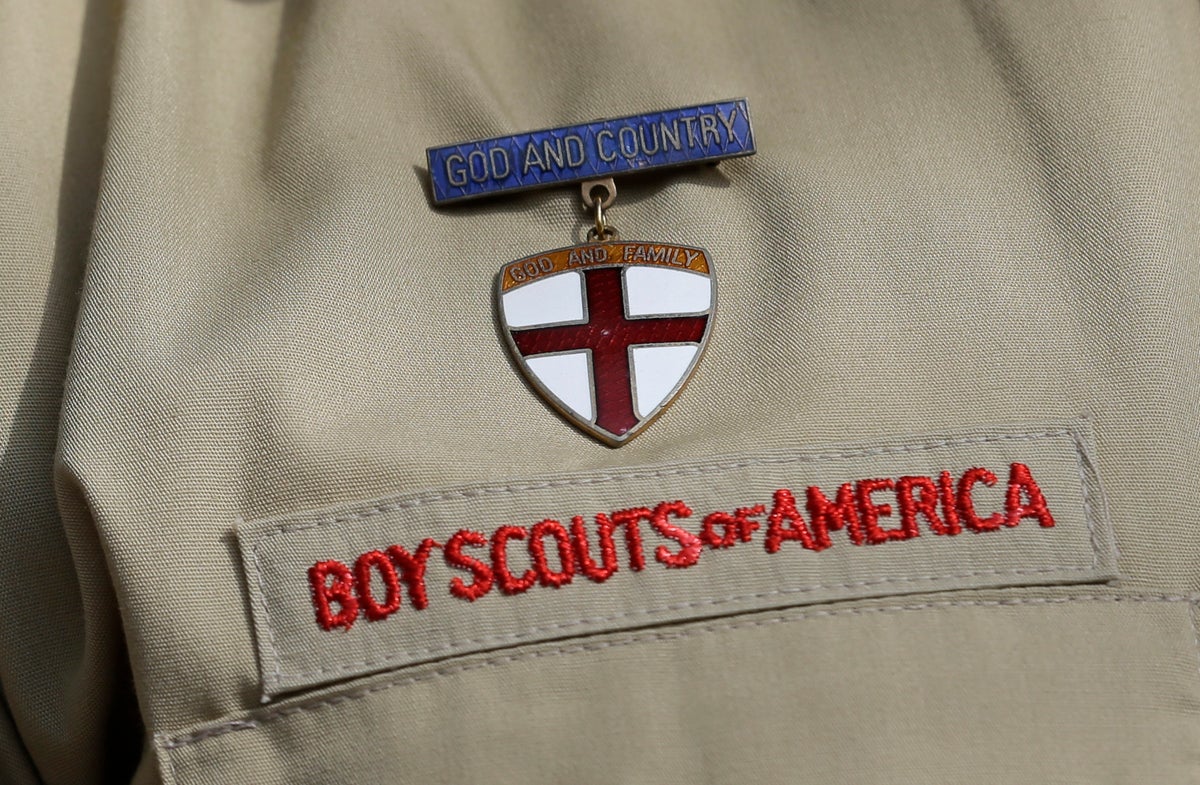
A federal district court judge has upheld the approval of a $2.4 billion bankruptcy reorganization plan aimed at resolving tens of thousands of child sexual abuse claim against the Boy Scouts of America.
The ruling docketed Tuesday rejects arguments by non-settling insurance companies and attorneys representing dissenting abuse survivors that the reorganization plan was not proposed in good faith and improperly strips the insurers and survivors of their rights.
The ruling follows a September decision in which U.S. Bankruptcy Judge Laurie Selber Silverstein approved the plan. The plan would allow the Irving, Texas-based Boy Scouts of America to continue operating while compensating tens of thousands of men who say they were sexually abused as children while involved in Scouting.
More than 80,000 men have filed claims saying they were abused as children by troop leaders around the country. Plan opponents say the staggering number of claims, when combined with other factors, suggests that the bankruptcy process was manipulated.
While affirming Silverstein’s description of the proceedings as “an extraordinary case by any measure,” U.S. District Court Judge Richard Andrews found no fault with her ruling.
“Appellants argue on many fronts that the plan did not meet the requirements for confirmation, and I have carefully considered each of these arguments,” Andrews wrote. “Based on the record, the appellants have failed to put forth evidence that would demonstrate clear error in the bankruptcy court’s careful findings of facts.”
The BSA issued a statement describing the ruling as “a pivotal milestone” that “solidifies a path forward for both survivors and Scouting.”
“We look forward to the organization’s exit from bankruptcy in the near future and firmly believe that the mission of Scouting will be preserved for future generations,” the statement added.
A spokesperson for attorneys representing several non-settling insurance companies had no immediate comment, but attorneys have previously suggested that the case could eventually reach the U.S. Supreme Court.
When it sought bankruptcy protection in February 2020, the BSA had been named in about 275 lawsuits and told insurers it was aware of another 1,400 claims. The huge number of claims filed in the bankruptcy was the result of a nationwide marketing effort by personal injury lawyers working with for-profit claims aggregators to drum up clients, according to plan opponents.
The BSA’s largest insurers negotiated settlements for a fraction of the billions of dollars in potential liability exposure they faced. Other insurers, many of which provided excess coverage above the liability limits of the underlying primary policies, refused to settle. They argued that the procedures for distributing funds from a proposed compensation trust would violate their contractual rights to contest claims, set a dangerous precedent for mass tort litigation, and result in grossly inflated payments.
They also noted that a plaintiffs’ attorney had acknowledged that some 58,000 claims probably could not be pursued in civil lawsuits because of the passage of time.
Under the plan, which the BSA describes as a “carefully calibrated compromise,” the BSA itself would contribute less than 10% of the proposed settlement fund. The local BSA councils, which run day-to-day operations for troops, offered to contribute at least $515 million in cash and property, conditioned on certain protections for local troop sponsoring organizations, including religious entities, civic associations and community groups.
The bulk of the compensation fund would come from the BSA’s two largest insurers, Century Indemnity and The Hartford, which reached settlements calling for them to contribute $800 million and $787 million, respectively. Other insurers agreed to contribute about $69 million.




!["[T]he First and Fifth Amendments Require ICE to Provide Information About the Whereabouts of a Detained Person"](https://images.inkl.com/s3/publisher/cover/212/reason-cover.png?w=600)


